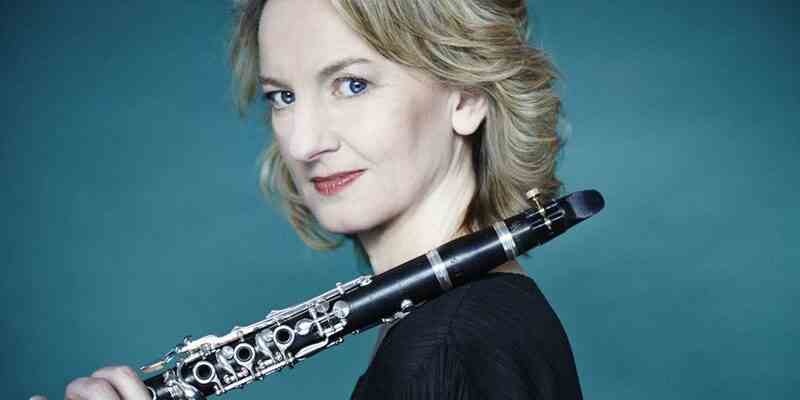Youthfully high-spirited and yet the finest, mature chamber music are the Septet in E flat major op. 20 by the 29-year-old Ludwig van Beethoven from 1799 and the first Serenade in D major op. 11 by Johannes Brahms, composed more than half a century later in the delicate Age of just 25! In the Herkulessaal, nine soloists and yet a chamber music ensemble par excellence devoted themselves to these two works, which are so similar in character and yet different: the string players Antje Weithaas, Veronika Hagen, Mischa Meyer and double bass player Knut Erik Sundquist; in addition, on the clarinet Sabine Meyer (later also Reiner Wehle) as well as the bassoonist Dag Jensen and (with Brahms) the flutist Andrea Lieberknecht.
Even if the program was advertised as “Sabine Meyer & Friends”, violinist Antje Weithaas was of course the primaria and her enthusiasm for playing must be truly contagious, not only within the string quartet. The septet (Beethoven) and nonet (Brahms) each have six movements, including a large number of minuets and scherzos, which were presented in such a wonderfully musically rustic way that one would have liked to dance to them. The variation movement was wonderfully playful and Beethoven’s concluding presto was brilliantly fiery. But the weighty final rondo of the Brahms serenade also shone in all colors and was presented as if the music were just being created at that moment.
Whenever one of the nine musicians had one of the many beautiful solos, he savored it to the fullest, but immediately found his way back into chamber music togetherness. So it was sheer joy when listening, not to hear highly complex, bulky late works by Beethoven like Brahms or deeply melancholic shadowy and tormented things, but the pure love of life. What a springtime antidote to the internal paralysis of the pandemic and war.

